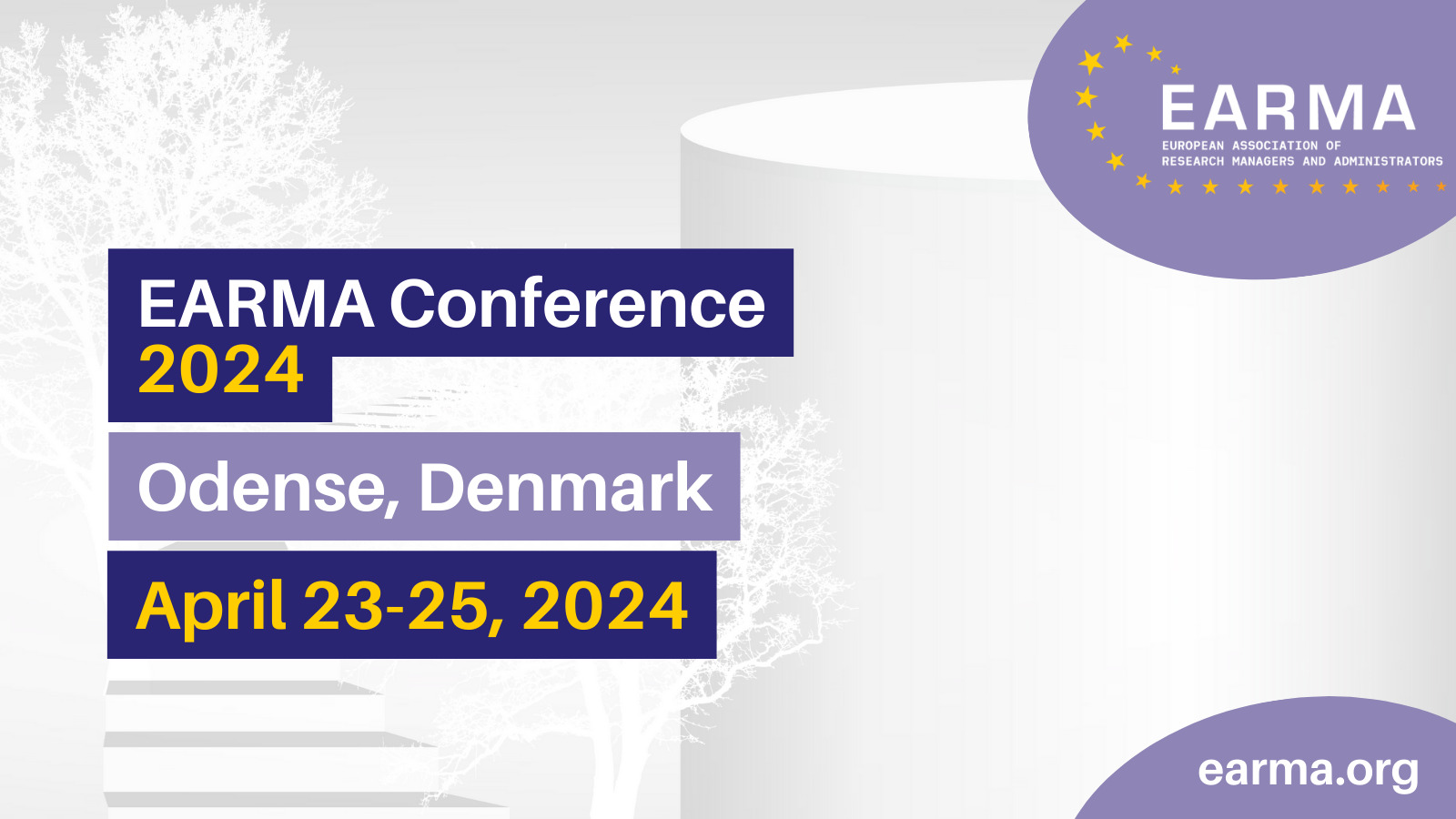Research assessment system in practice
Research assessment system in Centre for Social Sciences: evaluation, motivation, utilization
Conference
Format: Pecha Kucha
Topic: Professional and Career Development
Abstract
Centre for Social Sciences introduced an individual researcher assessment system in 2013. Since then, academic performance has been evaluated annually.
During the introduction, researchers were involved in the process, and since then, they have the opportunity to make suggestions for fine-tuning the system.
The evaluation covers three main areas: publication, impact and activities. It combines general metrics and other quality measures. As a result, researchers receive points, and the point achieved in a year is considered the annual performance.
According to experience so far, it not only evaluates research performance, but also motivates and guides the activities of researchers to the desired direction. The main goal of Centre for Social Sciences is to increase international activities, such as international publications and applications. This objective was strongly supported by the fact that these two activities received the most points during the evaluation.
The presentation introduces the main features of the system, highlighting those elements that are in line with current research evaluation reform efforts introduced by the Agreement on Reforming Research Assessment. It also describes the process of introducing the system and its reception among researchers.
It is also part of a broader system, which includes promotions and salary increases; serves as a basis of ranking internal funding applications (travel grants). The fact that these decisions are made based on the results of an objective measurement system greatly contributed to the acceptance of the system.
The case of Centre for Social Sciences shows how the evaluation system can orient the activities of researchers, contribute to achieve the objectives of the institution, and provide help to distribute resources more fairly.
The experience of a research assessment system that has been in operation for 10 years could give useful insights and give ideas how to introduce or operate such assessment systems in a research institution.


